I am trying to implement a detail view which is linked from a navigation view. In this detail view, there is a default nav bar on top with a back button. But the bar only show some color when I scroll up. I have no idea why.
Initially, the nav bar doesn't have background either when it's scrolling or not. So I created an init() method for setting up the style.
init(fruit: Fruit) {
self.fruit = fruit
if #available(iOS 15.0, *) {
let navigationBarAppearance = UINavigationBarAppearance()
navigationBarAppearance.configureWithDefaultBackground()
UINavigationBar.appearance().standardAppearance = navigationBarAppearance
UINavigationBar.appearance().compactAppearance = navigationBarAppearance
UINavigationBar.appearance().scrollEdgeAppearance = navigationBarAppearance
}
}
The Body View is a Navigation View on the outside and scroll view inside.
** For anyone wonder why I set the navbar to hidden in the VStack, is because if I don't hide it, there would be some huge space above the image. (I have no idea why)
** Updated Code ** I updated my code which use the Opaque background. But it seems like none of those config are visible.
init(fruit: Fruit) {
self.fruit = fruit
let navBarAppearance = UINavigationBarAppearance()
navBarAppearance.configureWithOpaqueBackground()
UINavigationBar.appearance().scrollEdgeAppearance = navBarAppearance
UINavigationBar.appearance().standardAppearance = navBarAppearance
}
var body: some View {
NavigationView {
ScrollView(.vertical, showsIndicators: false) {
VStack(alignment: .center, spacing: 20) {
// HEADER
FruitHeaderView(fruit: fruit)
VStack(alignment: .leading, spacing: 20) {
// TITLE
Text(fruit.title)
.font(.largeTitle)
.fontWeight(.heavy)
.foregroundColor(fruit.gradientColors[1])
} //: VSTACK
.padding(.horizontal, 20)
.frame(maxWidth: 640, alignment: .center)
} //: VSTACK
.navigationBarHidden(true)
} //: SCROLL
.edgesIgnoringSafeArea(.top)
} //: NAVIGATION
.navigationBarTitle(fruit.title, displayMode: .inline)
.navigationViewStyle(StackNavigationViewStyle())
}
*** Solution *** It turns out I have to put the configurations code of the nav bar in the parent view. During init(). Can anyone explain why this on the parent view? Or if I want different style in parent and child what should I do?
init() {
let navBarAppearance = UINavigationBarAppearance()
navBarAppearance.configureWithOpaqueBackground()
UINavigationBar.appearance().scrollEdgeAppearance = navBarAppearance
UINavigationBar.appearance().standardAppearance = navBarAppearance
}
var body: some View {
NavigationView {
List {
ForEach(fruits.shuffled()) { item in
NavigationLink {
FruitDetailView(fruit: item)
} label: {
FruitRowView(fruit: item)
.padding(.vertical, 4)
}
}
}
.listStyle(.plain)
.navigationTitle("Fruits")
} //: NAVIGATION
}
